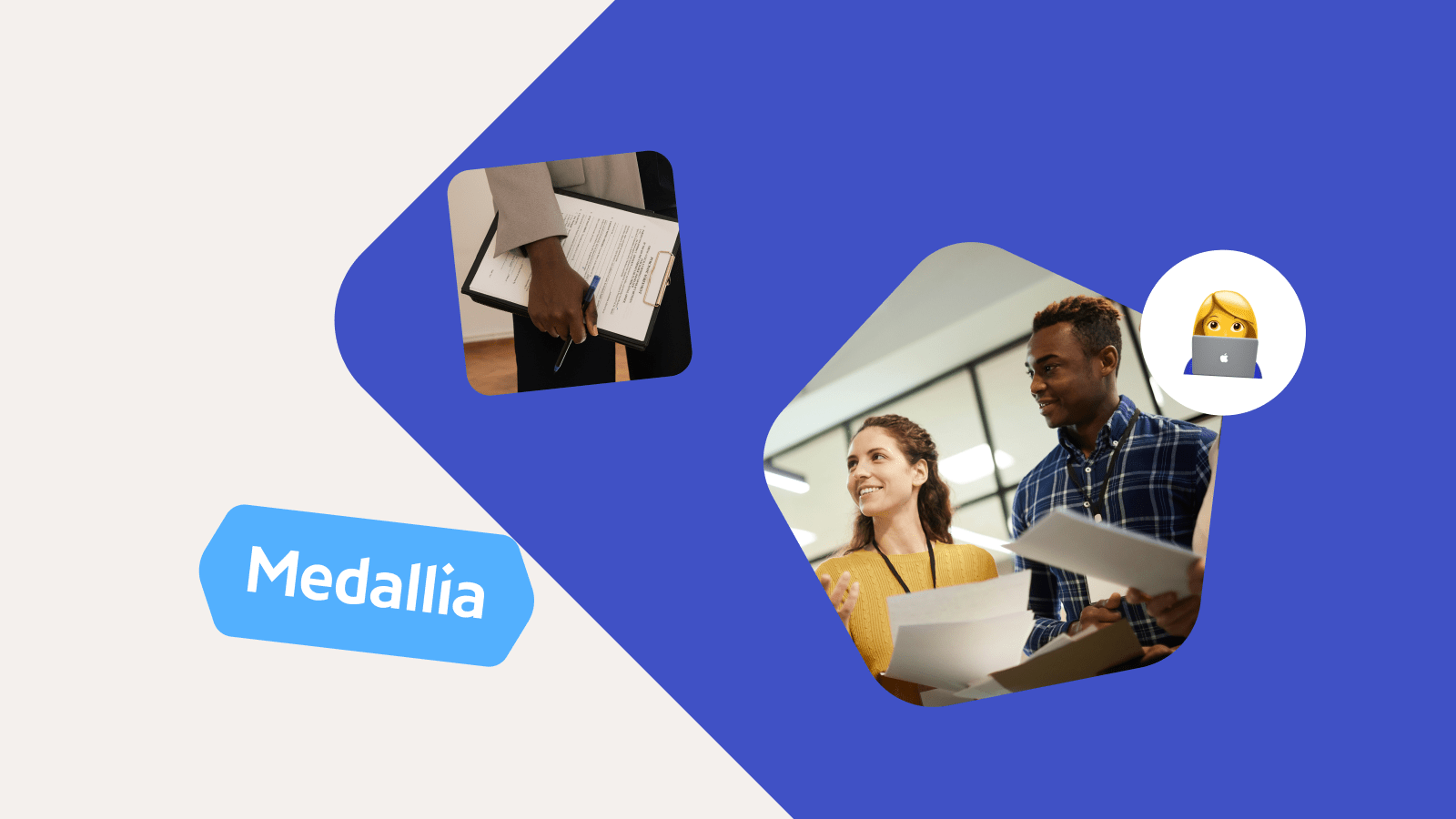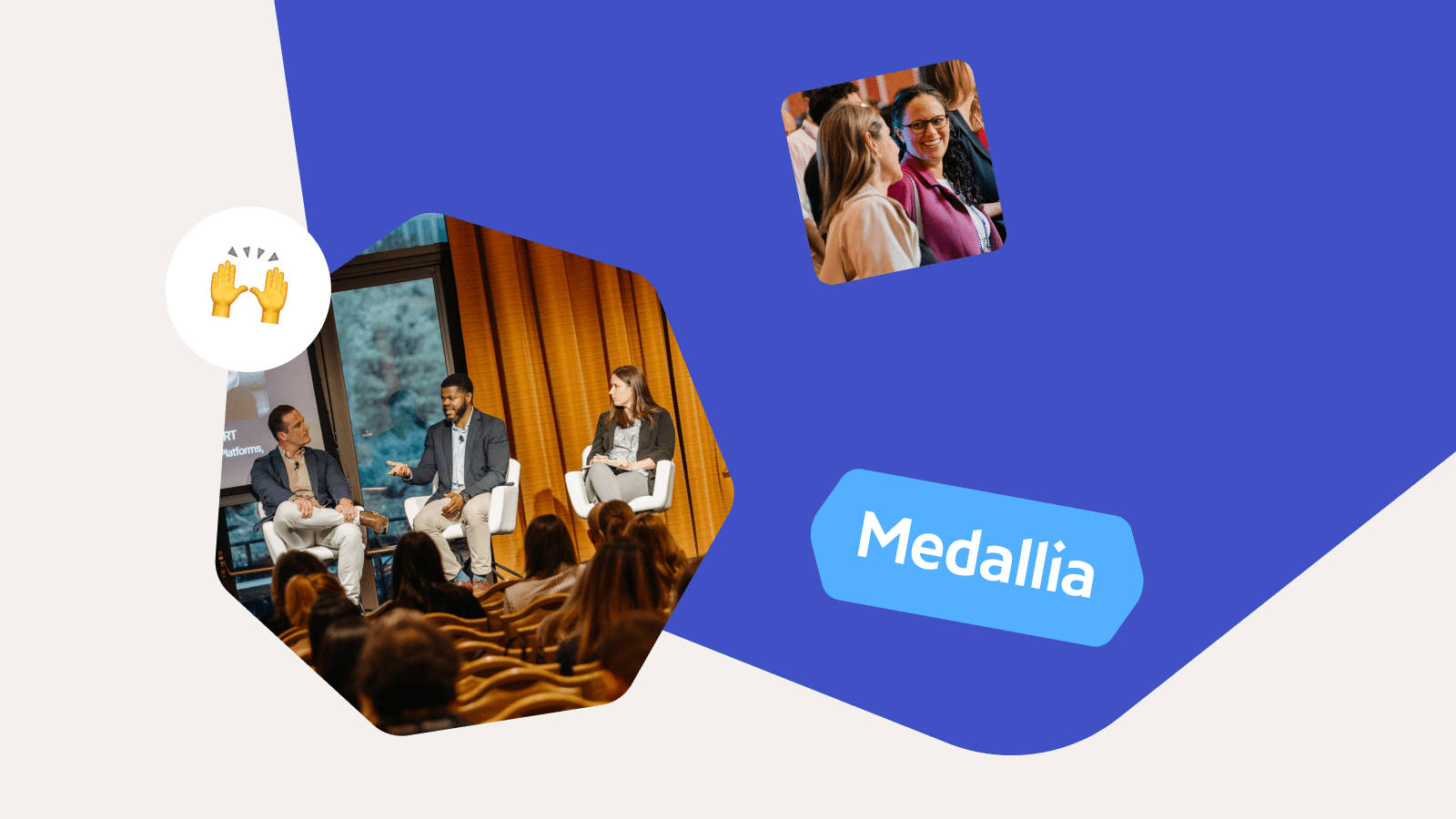Plan, Prototype & Promote: The 3 Phases for Driving Sustainable Change Across an Organization
September 22, 2022
Customer Experience
Here’s how customer experience (CX) and employee experience (EX) teams can drive sustainable change across an organization.
The research and discipline of change management has its roots in field theory, which was introduced in the 1940s. In the 1960s, Everett Rogers published his now-famous work around the diffusion of innovation, leading to well-known adopter categories like Innovators, Early Adopters, Early Majority, Late Majority, and Laggards.
In the early 1980s, McKinsey published a Change Management Model in the Human Resource Management Journal. It wouldn’t be until the 1990s that change management, as a discipline, would be codified. Leaders such as Linda Ackerman Anderson, Daryl Conner, John Kotter, and Jeff Hiatt have all taken the discipline to new heights since.
Today, we’re faced with change that is more rapid and more complex than we’ve ever experienced. Disruptive change is now a central force in shaping the challenges faced by organizations and individuals today.
Change Management as a Tool for Customer Experience & Employee Experience Teams
Change management now plays a key role in helping individuals, teams, and divisions adapt to the ever-evolving needs of customers and prospects. When designing and implementing new products, services, or journeys, reinforcing how change is managed and experienced, by the workforce and the customer, is critical to long-term success in customer experience (CX) and employee experience (EX).
As a CX or EX team, using a change framework increases your chances of driving long-term, sustainable success. The framework outlined below takes an iterative and holistic approach that meets business partners and customers where they are; not where you want them to be.
How to Use a Change Management Framework with CX & EX Strategies
Following a change management framework in any CX- or EX-led organization is now more critical than ever. The phases (or ‘3 Ps’) framework showcases an iterative and holistic approach to meet partners and adopters where they are; not where you want them to be.
Here’s the TL;DR if you need it:
Phase 1: Plan
- Understand the proposed change
- Identify who is impacted and how
- Define possible risks/rewards and friction
- Create a stakeholder map of supporting teams
- Create a map of tools, training, and resources needed
- Define the strategy and change solutions to implement
Phase 2: Prototype
- Develop the change solutions and implement
- Create a communication strategy and implement
- Deliver training and other support needed
- Develop and implement a governance model to track progress
Phase 3: Promote
- Create a mechanism for ongoing stakeholder feedback
- Report on adoption metrics in governance and as part of communications plan
- Address gaps identified in feedback; close the loop with stakeholders
- Document lessons learned and share across the organization
Take a look at this complete breakdown of the Plan, Prototype, and Promote phases that drive sustainability across an organization.
Phase 1: Plan
In the Plan phase of change, the change management team outlines the proposed change and identifies who within and outside the organization the change impacts to determine their needs. Both risks and points of friction are uncovered, too.
In your planning, I also recommend creating a stakeholder map. It’ll identify who’s impacted as well as who’s supporting the change throughout the organization. Create an RACI matrix of internal stakeholders and agree on who is Responsible, Accountable, who should be Consulted, and who should be Informed of what’s underway.
In addition to the stakeholder map, the team should identify the tools, training, and resources needed to achieve objectives. Ownership and accountability should be addressed for each. The leaders across these dimensions should outline clear goals, outcomes, and measures of success.
Finally, the Plan phase needs a defined strategy, including the specific solutions to execute as primary artifacts are created. Once you have all of this outlined, you’re ready to move on to the next phase.
Phase 2: Prototype
Feedback is critical to any development process, and it’s no different when implementing a change-based agenda. Here, the team will want to gather, analyze, and act on stakeholder feedback. The feedback received is the basis for developing and implementing the solutions.
A best-case scenario would be to co-create the solutions with your business partners through an iterative design process. This creates ownership and accountability across the organization, including those impacted and those who will implement the change.
Partner with your marketing team to create and deliver a communications strategy. It should include who the audience is, what content will be delivered, when it will be delivered, and what success looks like.
In the Planning phase, you already identified the support training needed to make the change sustainable. So begin to create the training initiatives and deploy them at the right times and for the right stakeholders. Tailoring the training to your constituents is recommended; training that allows for real-time skill development, in the moment, should also be considered.
Finally, create and implement a governance program to consistently engage leadership, highlight coaching opportunities, and discuss progress against measures of success.
Phase 3: Promote
Throughout the change process, it’s critical to collect feedback from all stakeholders. This can come in the form of surveys, in-depth 1:1 interviews, and direct observation. Creating a consistent and sustainable mechanism for capturing feedback throughout the change process is key to long-term success.
Feedback received should be reviewed with leadership in the governance forums, along with measures of success, and should impact everything from the RACI created during the Plan phase through the training developed in the Prototype phase.
While it’s important to summarize and report on the feedback received, it’s equally important to close the loop with the person who provided the feedback. For example, a business stakeholder might give feedback that the change being implemented misses key aspects that would help their team adopt the change more effectively. Once you corroborate the feedback, plan to address it and implement mitigation strategies to fill any gaps. All progress should also be shared with that stakeholder and their team.
In the Promote phase, the team should document lessons learned and share them with partners, subject matter experts, leadership, and other stakeholders accordingly.
Create Long-Lasting, Impactful Change in Your Organization
More and more, CX and EX teams are realizing the importance of change management resources working closely with their teams or having them embedded in the team. As the pace of change increases and becomes more disruptive, having a change management skill set on the team will likely be a key differentiator between leaders and laggards across both customer experience and employee experience.
Get buy-in from stakeholders throughout your organization, and sustainable change no longer feels impossible to achieve. Check out our Expert Insight guides, How to Launch a Customer Experience Program and How to Build an Employee Experience Program, to discover what goes into designing, introducing, and improving successful experience programs.













